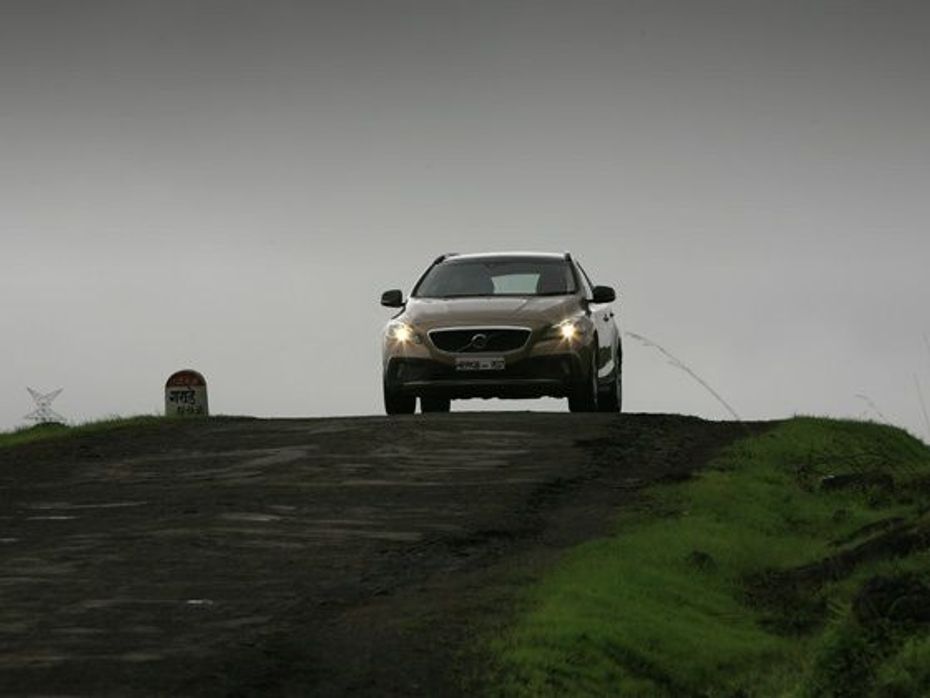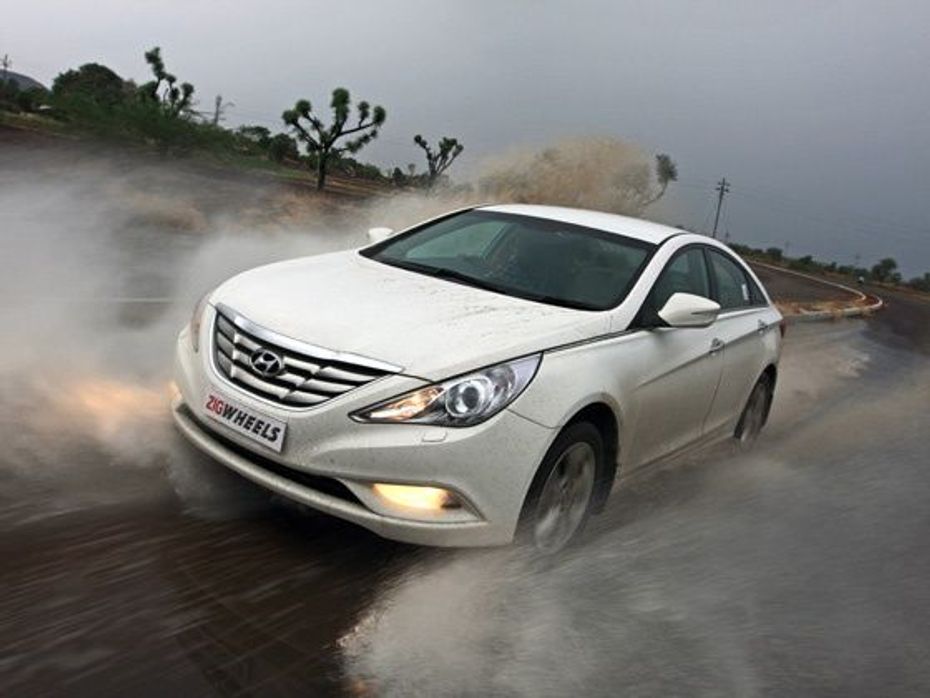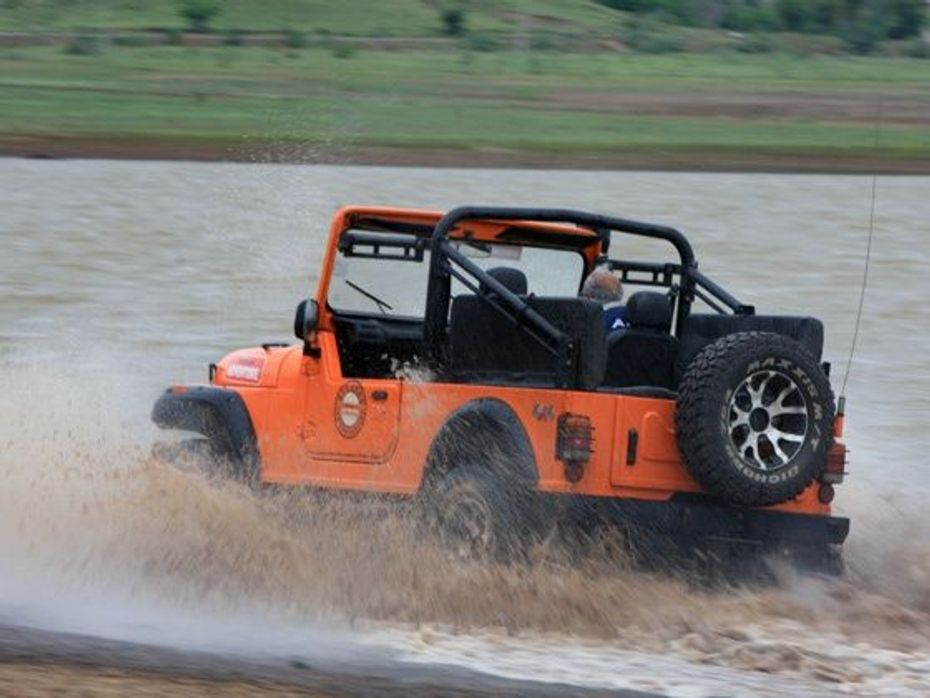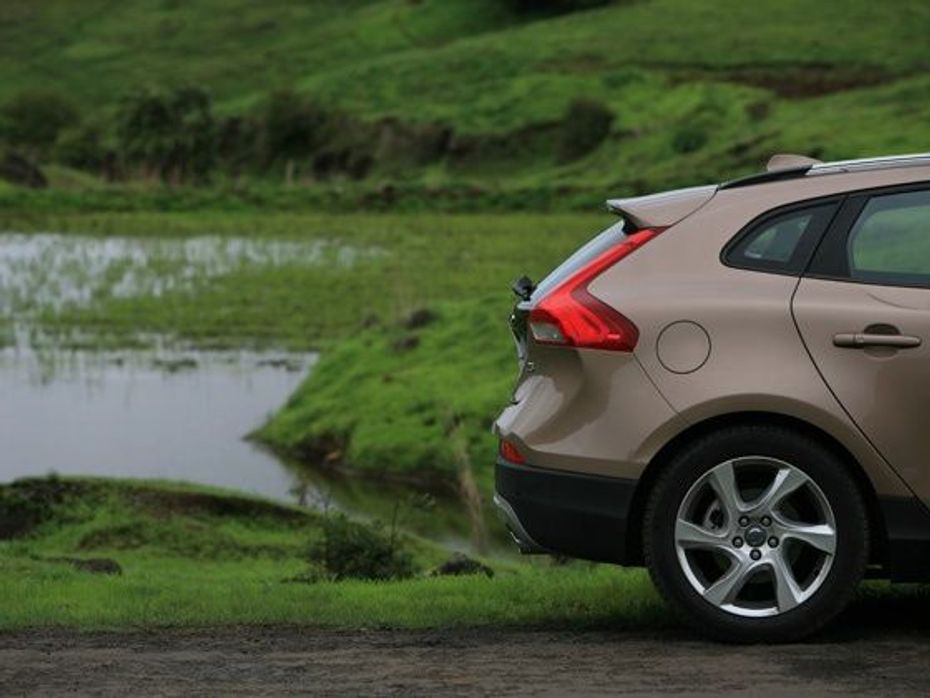
Renault Extends Standard Warranty On Kwid, Triber, And Kiger To 3...
- Dec 30, 2024
- Views : 30383


Overall, there are three things that increase the risk of vehicular accidents during rainy days: decreased visibility, reduced traction and how other motorists behave on the road. While you cannot do much about the reckless driving of others, here is some helpful advice from Michelin Tyres to ensure you stay safe while driving in the rain:
First things first, always inspect your vehicle. Walk around your car. Check for fluid leaks, busted lights and loose wires. Test your tyre pressure and wheel alignment. Check your radiator. Do not just jump into the driver’s seat and drive away. Address any car problem before you leave your parking space.
Keep the windshield clean. Wash your windows and remove the dust and smudges. Invest in a windshield water repellant so you’ll have clear vision even in heavy rain. Good vision is the first rule in safe driving.

Exercise utmost caution when it’s raining. Road conditions during stormy weather may confuse you. Drive a bit more slowly so you can react better to road conditions and what other motorists will do on the road.
Anticipate when you need to make a full stop. Wet brakes are troublesome because they won’t work even if you step on them. Step on the brakes lightly even if you’re still some distance away. Then increase pressure gradually till you make a complete stop. After going through a puddle, step on your brakes repeatedly to dry your rotors. This will prevent you from skidding or losing control.

Don’t tailgate. Make sure you can always see the tail lights of the car in front of you. Better yet, make it a habit to see the whole car in front of you up to the bottom of its rear tires. You need distance to react to what the car in front of you will do. Tail gating even when it’s not raining is a bad idea.
Use your lights and signals. As soon as it starts to rain, turn on your head lights. If you can’t see the road ahead, turn on your hazard lights. Play it safe and honk your horn when passing another vehicle.
Protect your under belly. Floods, mud and splashes, if left alone, will cause rust to form in your car and hamper your car’s performance. Rust proof your car and make sure you do this regularly. Spray a rust-inhibiting chemical on the underside and other rust-prone areas. It may cost a little more, but you will prolong your vehicle’s life and keep it working like new. This will give you peace of mind in the long run.

Avoid flooded areas if you can. Turn on your FM radio to know where the floods and traffic are. If for some reason you find yourself in a flooded street, stay in the middle portion of the road. It has the least water build-up. If floodwaters are too deep, pull over or park somewhere. Don’t risk being submerged in flood waters or have your engine conk out.
Play it safe by using the right tires. Some tyre models are made specifically for rainy weather. Use these during the monsoon season to better avoid slipping, hydro-planing, and to get good traction on slippery terrain. Get a tyre with good traction and that can brake well on wet surfaces. Look for models that offer better grip, longevity and increased safety.

Renault Extends Standard Warranty On Kwid, Triber, And Kiger To 3...

Hyundai Exter: An Year Long Ownership Experience That Left Us Wanting...

Is The Kia Syros More Compelling Than The Best-selling Hyundai Creta?

Auto Expo 2025 - All You Want To Know About The Hottest Auto Show!

Hyundai Creta Electric REVEALED Ahead Of Auto Expo 2025! Here’s...

Upcoming Maruti Suzuki Cars Expected In 2025: e Vitara, Baleno...

Here Is The List Of All Tata Cars Likely To Be Launched In 2025

Mahindra BE 6 Launched: Price For The Top-spec Variant Is Out!

Upcoming Mahindra Cars Expected in 2025: XUV 4XO, Thar Facelift, BE...
India's largest automotive community
 Vayve Mobility Eva
Rs. 3.25 Lakh
Vayve Mobility Eva
Rs. 3.25 Lakh
 BMW X3
Rs. 75.80 Lakh
BMW X3
Rs. 75.80 Lakh
 Hyundai Creta Electric
Rs. 17.99 Lakh
Hyundai Creta Electric
Rs. 17.99 Lakh
 Lotus Emira
Rs. 3.22 Crore
Lotus Emira
Rs. 3.22 Crore
 Lotus Emeya
Rs. 2.33 Crore
Lotus Emeya
Rs. 2.33 Crore